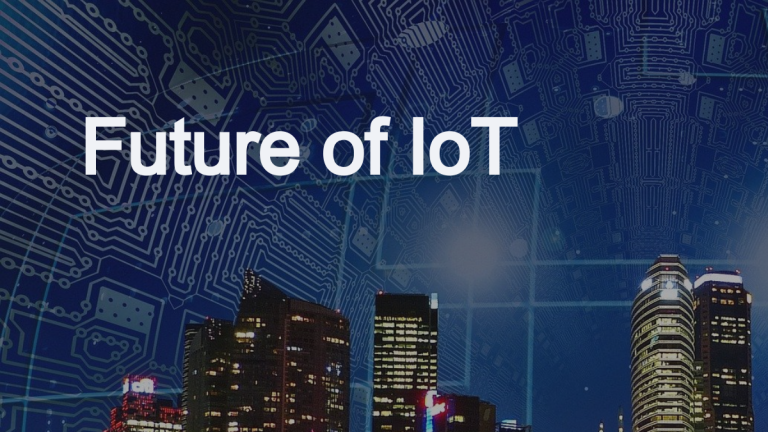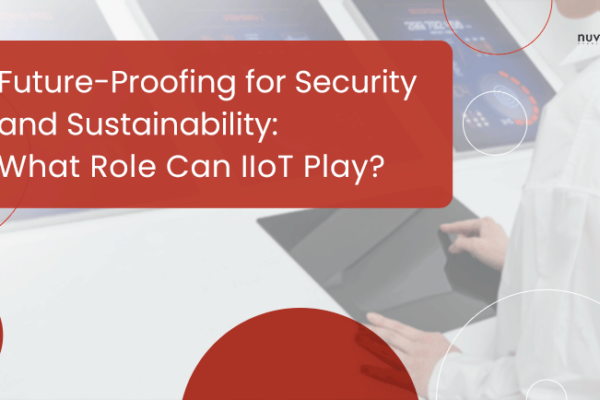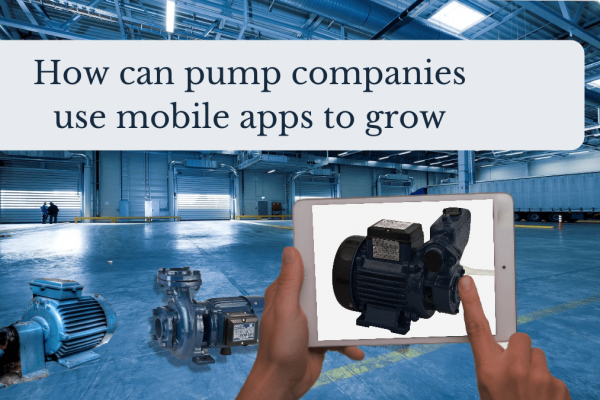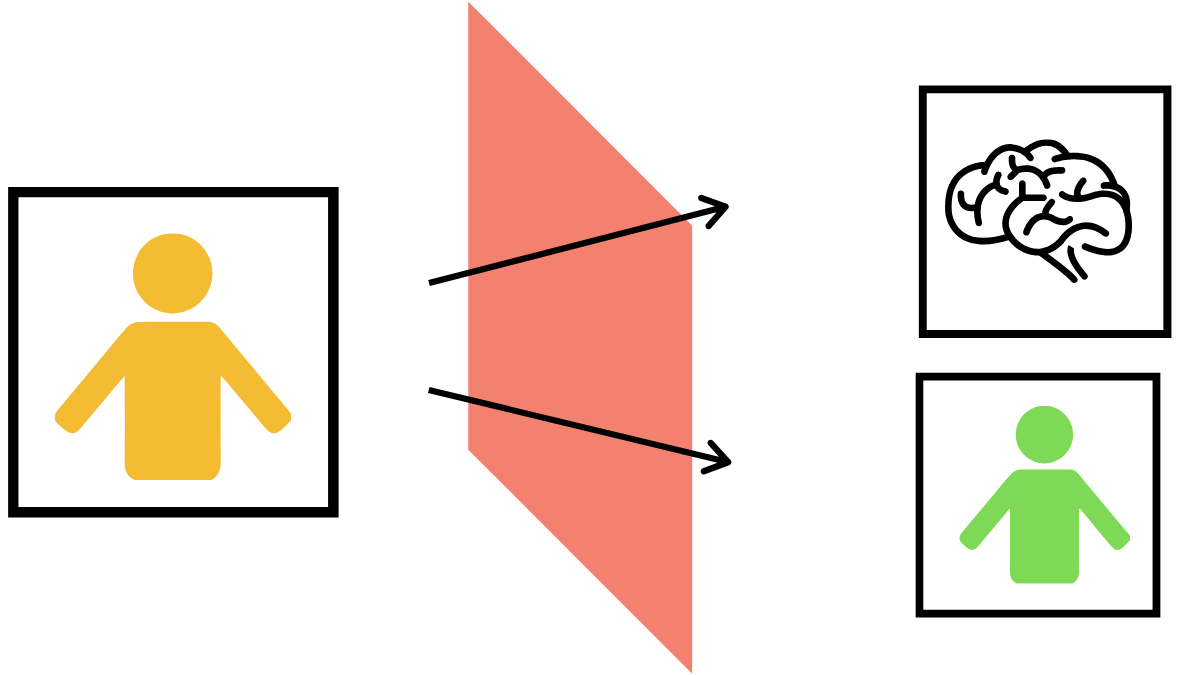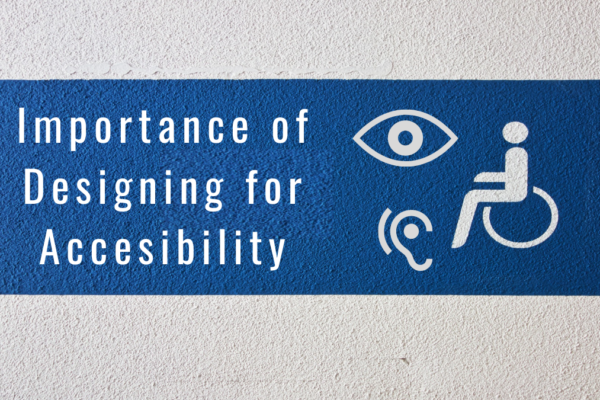I love IoT. And the main reason for this is the Iron Man movies. The Internet of Things has come a long way since the first Iron Man movie. I can simply tell my watch to turn off the lights in my room. The future of IoT definitely looks promising. But IoT as of now, is just, simply cool.
But that doesn’t mean it isn’t functional. With an Android Wear smartwatch(or an Apple Watch), you can simply glance at your watch to see the map instead of looking at your smartphone every now and then. With a connected camera, I can view what’s happening at my house when I’m not there. But even with all of this, we’ve barely scratched the surface of what we can do with IoT. The technology is still evolving and we have a long way to go.
So what else is there to be seen in Internet of Things?
The main problem with current IoT devices is battery life. Most of the wearables can’t go without charging for more than 5 days. Sure there are smart bands that can go as long as a month, but in such cases, the functionality is seriously limited. But with batteries and better software optimization, we can expect them to do a lot more. And it’s not just wearables either.
Sensors in an IoT network require a power source, and in most applications, a battery is not enough. Currently. Which I think severely limits their usage. You can’t just get a sensor off the shelf, connect it to wifi, and collect the data. You need to connect them to a power source, using a wire, and you need to set that up first.
Sure, unlike wearables, some sensors in an IoT network is more or less permanently fixed in a place, for example in the case of a motion sensor for a light bulb, you don’t have to carry it around. But let’s face it, the future is wireless.
With a better battery, or even better, truly wireless charging, (which is probably decades away), we can expect a wider range of applications for IoT.
Smart dust
Smart dust is an up and coming technology that promises tiny sensors with immense battery lives. They are literally dust-sized sensors that detect vibrations, sound, temperature, etc and transmits the data to a network. And they’re not some futuristic theoretical idea either, researchers have developed tiny computers with batteries expected to last for years.
They manage to do so by sleeping (bet you wish you were smart dust). They wake up at designated intervals, collect data, transmit it, and go back to sleep.
Once smart dust becomes mainstream, we can expect a higher number of sensors deployed for even more detailed data collection, leading to better machine learning models. And we can expect more widespread usage of the internet of things, in medicine, in agriculture, in manufacturing facilities and more.
Increased usage of IoT in healthcare.
Even though there are currently many applications of IoT in healthcare that are mainstream when I think of the future of IoT in healthcare, two things come to mind: Smart dust and Neuralink.
Inside a human body, Smart Dust can make data on the human body available at a scale that is not possible right now. Imagine being able to get data about the movement of individual muscles, or the blood flow in individual blood vessels. With such technology, we can better understand the human body at the tissue level, while the tissue is inside the body. And we can use the same for diagnosing diseases way before it becomes severe.
Neuralink, as you may know, is a pet project from Elon Musk, which aims to read and communicate with the human brain as you would with a computer. While the technology is at a very nascent stage, the goal is to create an internet of brains, where you can communicate with people far away from you without internet, and in a way never seen before. If and when it works the way I imagine it to, it will give a whole other meaning to immersive reality. I just hope the system doesn’t face any connectivity issues.
High-speed low latency connectivity
Connectivity is another major hurdle in IoT. Use of IoT for mission-critical applications is limited without sustained high-speed connectivity. Latency is another issue for use of IoT. You really don’t want network issues while a robot surgeon is operating on you. Even for simple applications such as gaming, latency is a problem. This is why cloud gaming is expected to gain popularity with the advent of 5G.
With faster and lower latency networks, IoT can be used for a wider range of applications. Telemedicine, self-driving cars and a whole host of IoT applications will gain more traction. And this is what I’m expecting in the future. Faster, lower latency networks, that has a small impact on battery life, allowing devices to communicate in real-time with their network.
Industrial IoT
While the popularity of IoT for the general public or the average consumer is very much visible, industrial IoT is not so much seen. We have been seeing a large growth in smart home devices, digital assistants, and we can expect it to grow even more. But what we don’t see is the industrial applications of IoT.
IIoT is playing larger and larger roles in industrial manufacturing facilities. Sensors deployed in the machinery makes predictive maintenance more efficient, and the overall productivity and the quality of products in a facility is improved. If you have watched documentaries of production facilities of automobile companies, you must have noticed a huge number of IoT applications, during the production and during quality control.
Unlike consumer IoT, industrial IoT requires more robust frameworks with more fail safes. But the confidence in industrial IoT is growing and we can expect more applications over the years.
Internet of Things for AR and VR
Most of the AR and VR tech is simply not comfortable. While the technology has come a long way, and even though it has become more mainstream, wearable AR and VR devices are plagued by the same problem faced by other wearable devices: battery and connectivity. Most of the devices compromise user comfort for functionality. And when they don’t, they’re prohibitively expensive for mainstream adoption.
Keeping aside wearables, AR and VR may become more popular in other sectors, particularly in the automobile sector. The navigation directions projected on the heads-up display is expected to become available in the low-end car market soon.
Improved battery life and faster connectivity may bring about a revolution in AR and VR in the near future; the type of revolution we saw with smartphones in the previous decade. Let’s hope that the future of IoT shines bright.
